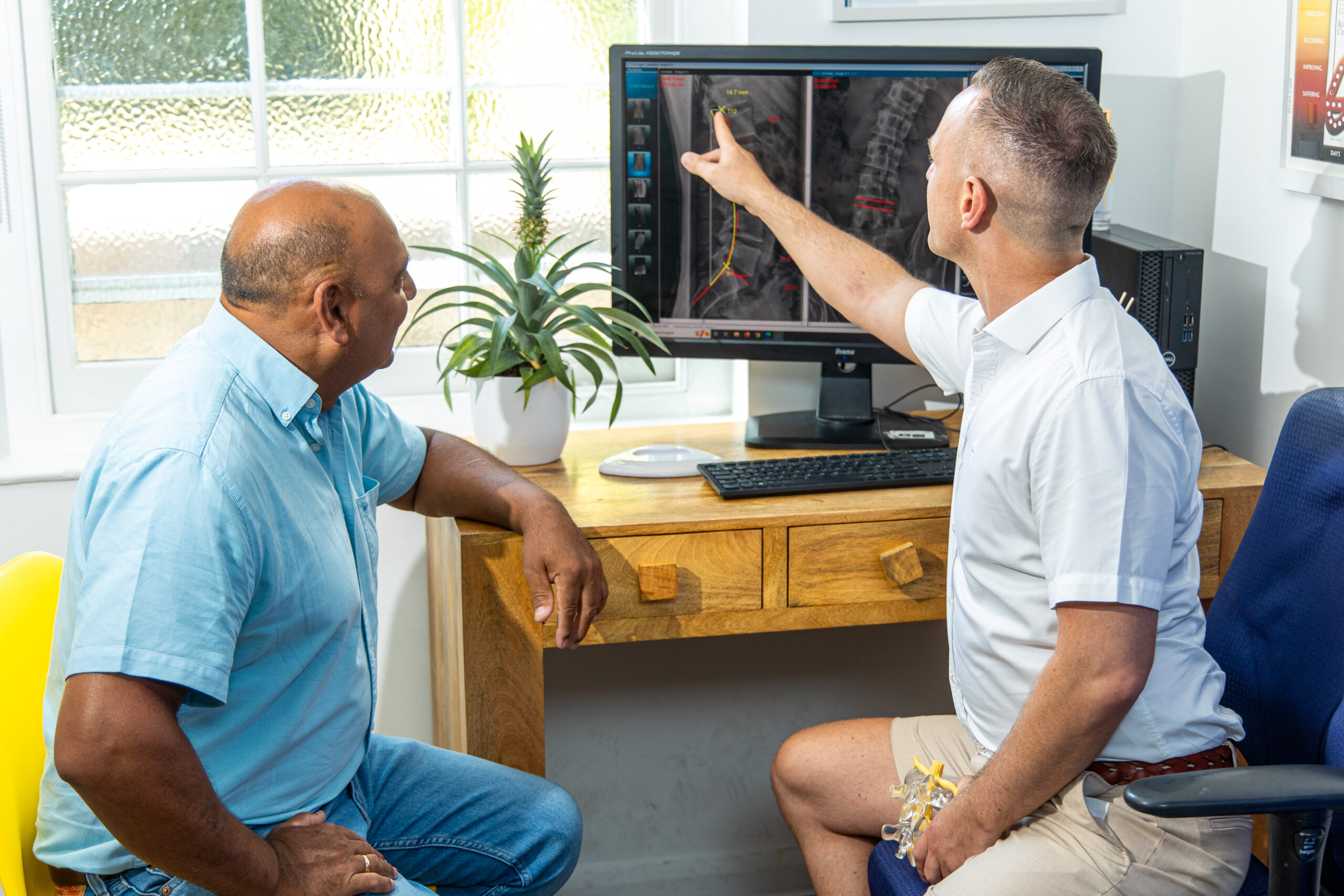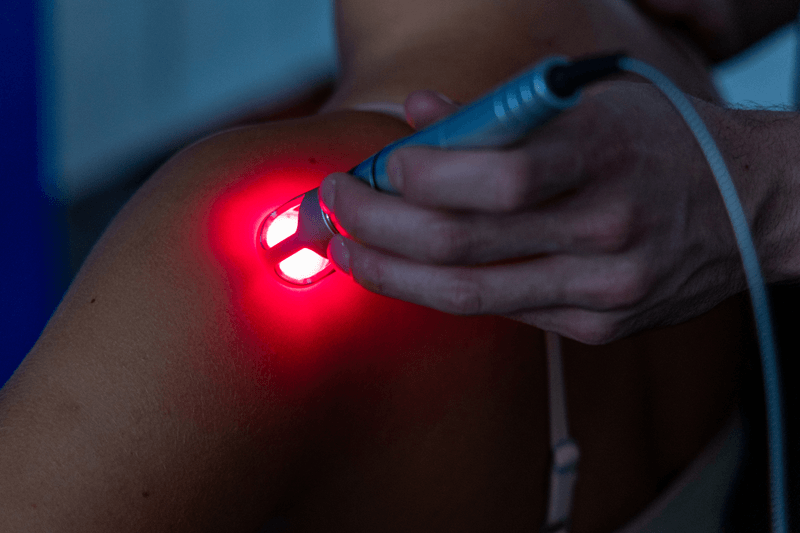MRI

MRIs once had the reputation for being the Holy Grail when it came to back pain diagnosis; this is a myth long since dispelled.
NHS management are making it difficult to get access to MRIs, as results are often misleading or misunderstood.
Spinal surgery has evolved gone are the knife happy days, thankfully replaced with success tables and more stringent selection of appropriate candidates.
This however has left a giant chasm in the back pain world of patients being told their MRIs are “normal” or “just wear and tear…” making them a poor candidate for surgery.
If only there was another way! Hint hint! 😊
“In our opinion advanced imaging of the interverbal discs are often misleading or misunderstood as many significant findings are missed or not considered relevant by the medical bigwigs.
Likewise, people can be seduced by big juicy looking disc injuries that actually don’t fit their pain patterns and end up being “red herrings.
For better or for worse, the true test of the relevancy of a patient’s findings, can only be determined by correlating MRI images with a thorough assessment & physical examination”
Dr David Brown DC
Key MRI findings often overlooked as pain generators:

Annular Tears

High Intensity Zones

Circumferential Tear

Broad Based Disc Bulge

Degenerative Disc Disease

Facet Arthrosis

Ligamentous Hypertrophy

Reduced Disc Height

Modic Changes Schmorl’s Node
X-Rays Vs MRI
Having been focused on disc injuries for so many years we have researched the latest techniques in order to get the most out of traditional X-ray technology. One of the biggest benefits of X-ray’s are that they can be taken standing (aka weight bearing), additionally specialist shots can be taken with the patient adopting a specific posture to visualize movement between adjacent vertebrae.
For this reason, I would always prefer to have an X-ray over an MRI on the initial assessment.
Having said that, due to the sheer volume of MRIs that come our way, it’s been impossible not to become highly knowledgeable about the wealth of information that they can contain, much of it often overlooked by the medical profession.
So, whilst it isn’t required to have an MRI to begin care at The DISC Chiropractors, there are occasions when we refer out for further investigation when necessary.


Key terms
Annular Tears:
most “slipped” discs start small, micro tears to the inner portions of the disc can produce inflammation, pain and muscle spasm.
Circumferential Tears:
much like annular tears but instead of the inner portion the damage or fraying occurs in the outer portion of the disc.
Broad Based Disc Bulge:
when the disc dehydrates, the back of the disc can sag or collapse outwards.
Reduced Disc Height:
a clear sign that the disc has dehydrated, the loss in height also means a loss in function.
High Intensity Zones (HIZ):
areas of inflammation seen on the MRI, highly indicative of pain generation.
Degenerative Disc Disease:
the diagnosis most associated with the findings above.
Facet Arthrosis:
the enlargement and deterioration of the functional joints that sit behind the disc, often associated with long term disc dysfunction.
Ligamentous Hypertrophy:
the spine is banded together by ligaments; these can stiffen and enlarge constricting the key space where nerves live.
Modic Changes:
density changes in the vertebral bodies either side of the discs due to displacement of the bone marrow or fatty deposits. Strongly linked to pain.
Schmorl’s Node:
when the disc herniates vertically creating a fracture the bone above or below. Interestingly more likely to happen via trauma when compared to a standard herniation backwards

However, you might be surprised to know that size doesn’t always correlate to pain, and research actually shows that the bigger the disc protrusion the more likely it is to heal naturally.
The theory goes, because there is so much damage the body is better able to react and clean up its own mess.
Hence modern disc injury treatment protocols recommend that patients undergo mechanical treatment and rehabilitation programs before even considering advanced pain medication let alone surgical intervention.
